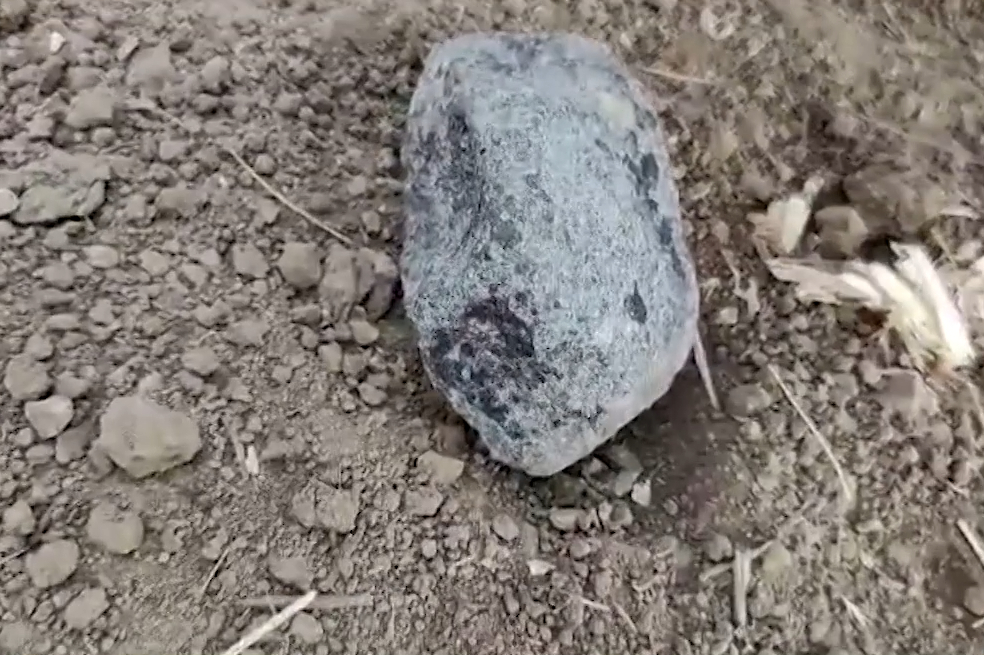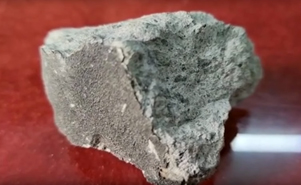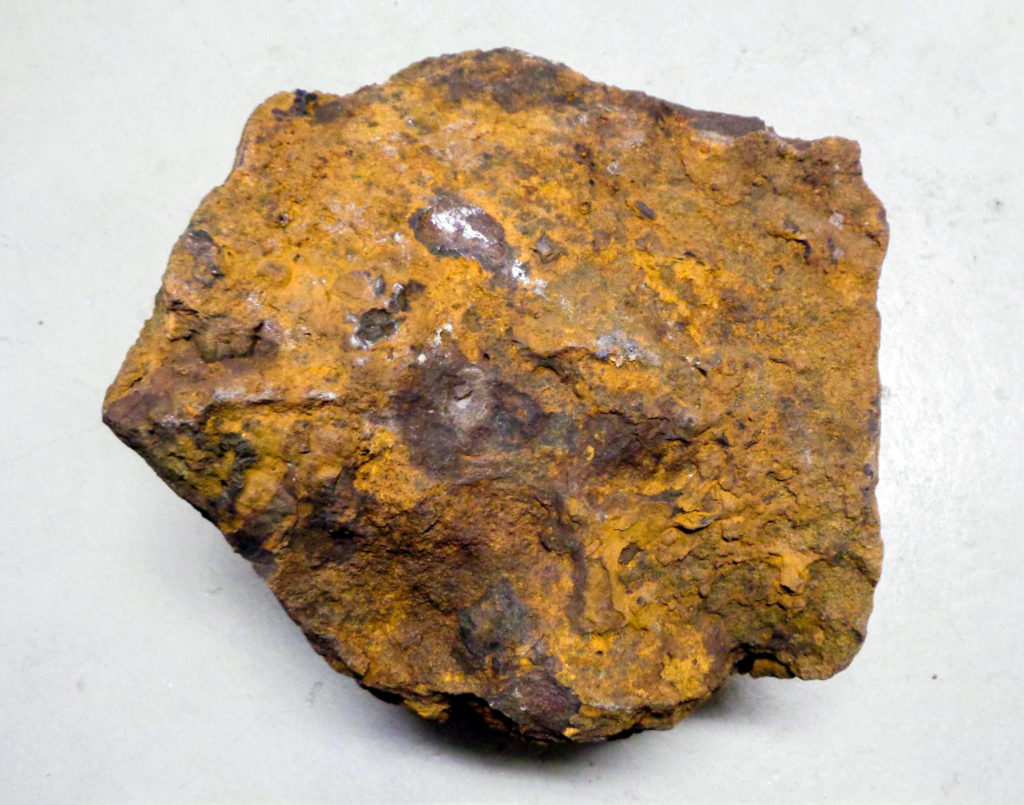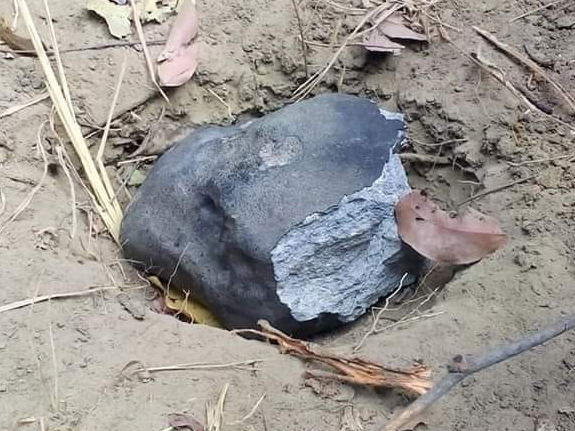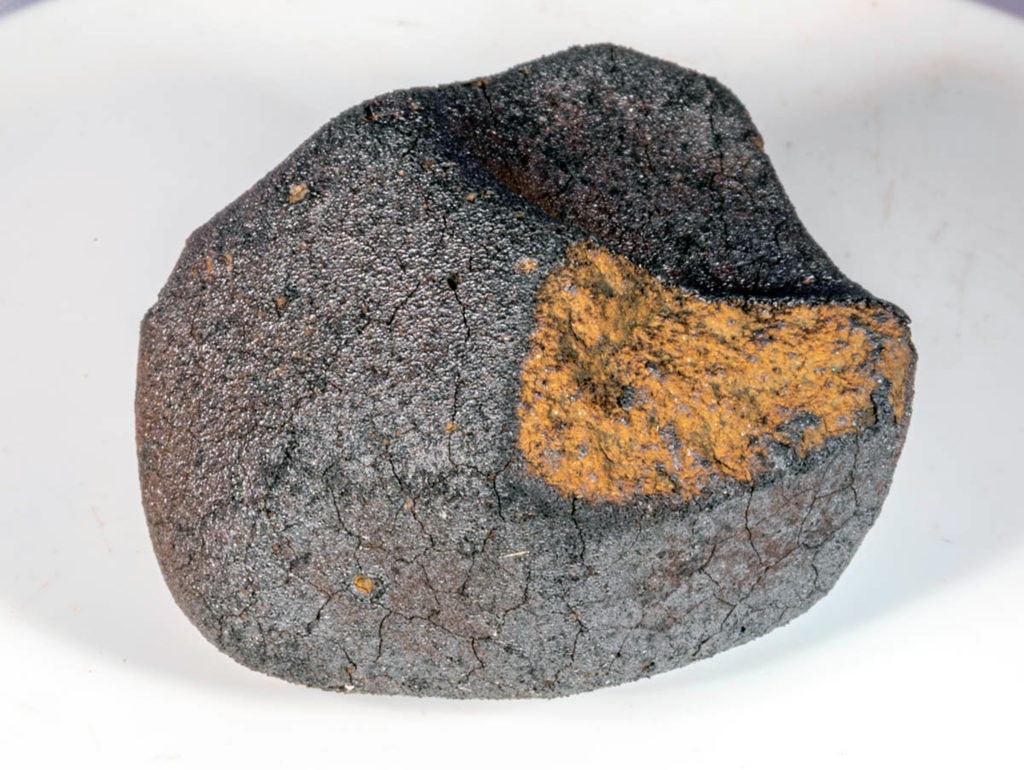Initial 244Pu/238U ratios and search for presolar SiC in Ca-Al-rich inclusions from CV3 chondrites using noble gas and trace element abundancesOPEN ACCESS
Daisuke Nakashima, Jon M. Friedrich, Ulrich Ott
Geochimica et Cosmochimica Acta
In Press, Journal Pre-proof, Available online 20 June 2025
“Noble gas isotopes and trace element abundances in five Ca-Al-rich inclusions (CAIs) from two CV3 chondrites (Allende and Axtell) were analyzed. The noble gases consist of spallogenic, radiogenic, fission, and trapped components. The old U/Th-4He ages of the CAIs (4.0 – 5.4 Ga) suggest no significant loss of radiogenic 4He and, by inference, no significant disturbance of the initial (244Pu/238U) ratios, (244Pu/238U)0, which are derived using concentrations of 244Pu-fission 136Xe. The abundances of rare earth elements and U in the CAIs suggest variable formation temperatures, which is reflected in variable (Pr/238U)0 ratios. The (244Pu/238U)0 ratios of the CAIs are variable from 0.0103 ± 0.0010 to 0.0419 ± 0.0031, which correlate with the (Pr/238U)0 ratios. The correlation suggests Pu-Pr-U fractionation during CAI formation. From the intersection between the correlation line and the calculated early Solar System Pr/238U ratio of 9.27, the 244Pu/238U ratio before Pu-Pr-U fractionation in the CAI formation region is calculated as 0.0108 ± 0.0051, which is similar to those derived using other Solar System materials such as chondrites, achondrites, chondrules, and terrestrial zircons. We thus suggest that the initial 244Pu/238U ratio has been spatially homogeneous in the inner part of the early solar nebula including the innermost solar nebula, where CAIs formed.
We also used our Xe isotope data to search for the possible presence of Xe-G, a characteristic feature of presolar silicon carbide, which has previously been reported for the CAI Curious Marie (Pravdivtseva et al., 2020). Following the same approach as those authors, we find no evidence of Xe-G in our CAIs except for possibly one (All-4). We identified a correlation, during stepped gas release, in the Curious Marie data from the literature between 130Xe-G and radiogenic 129Xe, which is surprising and not apparent in All-4. However, the exact amount of Xe-G in Curious Marie (and the very presence in All-4) sensitively depend on the applied component resolution scheme. We infer that the abundance of Xe-G in Curious Marie is about twice that previously reported and that All-4 contains Xe-HL, the characteristic Xe component of presolar nanodiamonds. While we cannot rule out the presence of presolar SiC noble gas components at a lower level than found in CAI Curious Marie as a general feature of fine-grained CAIs, Curious Marie appears to be a special case.”


